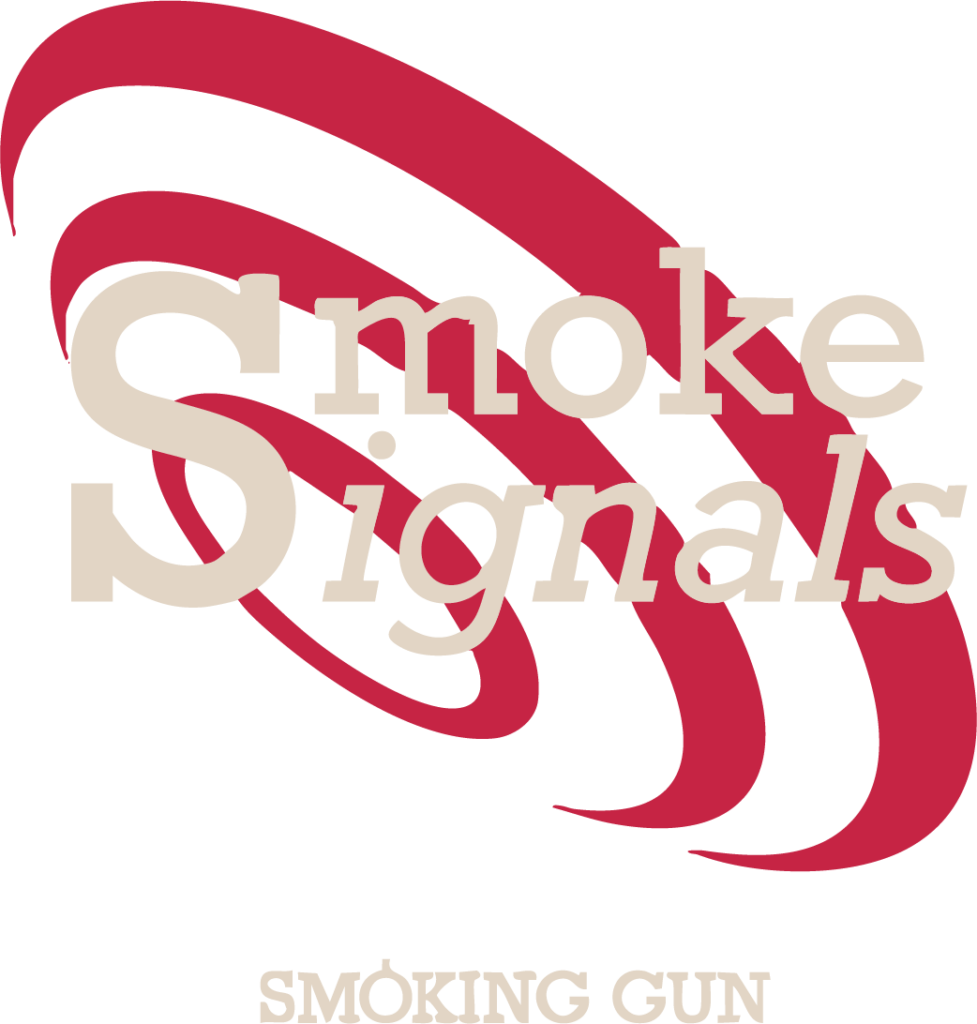Welcome back to our Creating Compelling Content mini series.
In Part 1, we discussed the importance of creating and sharing high-quality, engaging content to get your business noticed. In Part 2, we shared insights and techniques to help you understand and get to know your target audience. Here in Part 3, we’ll cover tips and advice on cultivating the art of storytelling and explore how you can pick content formats that will maximise your engagement whilst ensuring your marketing efforts produce better results.
So without further ado, let’s look at two invaluable skills when crafting compelling content – storytelling and format development.
The Art of Storytelling

Storytelling is one of the most influential and impactful tools brands have when making meaningful connections with their customers. In order to have a sufficient impact on someone (enough to influence them to take action), you need to connect with them emotionally. And to do that you must look to share content that resonates with them and reflects their concerns, aspirations and interests.
Storytelling is a valuable tool as it lets you tap into your target audience’s emotions, helping them form an inspiring impression of your brand and offering. That’s why we’re spending a bit of time today exploring storytelling techniques you can use to make your content more engaging and relatable.
How can storytelling evoke emotions and connect with readers?
Storytelling is a killer technique because it triggers an emotional response, enabling you to forge a stronger connection with your target audience. This is crucial as without a connection, there isn’t sufficient trust, motivation or interest in your brand to influence a person to engage with it.
Emotions help us make sense of things and decide which brands and businesses we spend money with – but they also make marketing campaigns memorable. When we feel something, we remember it.
Tips for structuring a compelling narrative
One key characteristic of any engaging narrative is a carefully planned structure. You’ll already be familiar with certain structural elements that help good stories pack a punch, such as solid openings, cliffhangers, and happy endings.
By considering how you’ll structure your story, you can keep your audience engaged for longer, ensure that your content is memorable, and secure that all-important emotional appeal that draws them closer to interacting with your brand and offering.
Like copywriting, storytelling is a specialist skill which takes time to perfect – but this simple step-by-step approach offers a good starting place for beginners:
1/ Determine the purpose of your narrative.
What information are you looking to share with your audience and why? Which approach will work best, taking into account your audience’s profile and the aims of your current campaign? Do you want to inspire, educate or entertain?
2/ Set the scene.
Start at the beginning and share something inspiring or emotive to draw readers in. Use techniques such as hooks, intrigue and drama to get things moving.
3/ Employ emotion.
Focus on how you want your audience to feel and use storytelling tools and techniques to evoke an emotional response. Remember – if your brand story makes customers feel something, they’re much more likely to remember it.
4/ Share brand values.
Covertly weave your vision and values throughout your narrative so that they get a feel for who you really are and what you’re about. This is more complex than telling people who you are outright. This is a show-and-tell format – so use both mediums to your advantage. Your values should run through your copy and tone of voice, visuals, the presentation of your content and the narrative itself.
5/ Invite customers to join the narrative. By integrating customers within your story, you can help to further enhance engagement.
The role of conflict, characters, and resolution in storytelling.
Every good story contains a few key ingredients that make it compelling and attention-catching. These fundamental elements enable you to create depth, complexity, and engagement with your narrative.
Conflict is the driving force behind your story – it’s the exciting bit that interests your audience and ultimately provides a direction and structure to your narrative. Rather than the damsel in distress or hero in trouble, as is the case in traditional story formats, in marketing terms, the ‘conflict’ may look like a problem (the issue your audience is facing) and the search for a solution. Or it could be a concern you share with your audience, such as a humanitarian cause and how you can support it together.
Characters are naturally at the heart of any narrative, so spending some time considering character profiles is essential. These will likely be your central connection point with your audience, allowing them to invest emotionally in your story. Characters won’t necessarily take the form of people, either – depending on your company, strategy and creative, they may be cartoons, animals or even concepts.
Resolution is a fancy word for conclusion, providing closure to the conflicts you’ve introduced earlier in the narrative. During the resolution part of your story, you’ll concentrate on giving your audience a sense of fulfilment with a conclusion that satisfies their curiosity. At this stage (depending on how confident you are in your storytelling skills), you may choose to wrap everything up perfectly or leave your audience with unanswered questions – provided you have set up a journey for them to discover the ending of your story.
Examples of brands that excel in storytelling
When storytelling is done well it isn’t just memorable – it’s unforgettable. You’ll likely remember these campaigns – and if you don’t, you’ll be familiar with the brands that created them.
*Dove Beauty’s ‘Toxic Beauty’ and ‘Detox Your Feed’ campaigns captured the pressure placed on women and girls to conform to conventional beauty standards, a tactic the beauty industry has traditionally relied upon to sell their products. In a bold move which saw them turning their backs on this method of marketing, Dove ran several highly successful campaigns powered by storytelling, including an ad featuring a young girl using a face editing app and another showing the impact advertising pressure had on a teenager and her recovery from a resulting eating disorder. Their strong and purposefully emotive narrative not only resonates with the majority of their audience – it also highlights issues within the industry and society as a whole to bring about positive change.
*Nike’s diversity campaigns between 2019-2022 produced some of the most talked-about content of that period, focusing on equality and enabling their audience to see themselves in the brand’s marketing collateral. In these inspiring ads, real people from underrepresented groups, from plus-size yogis to hijabi footballers and disabled athletes, were showcased doing what they love, wearing Nike’s latest collections. This went against the grain and shared a positive message that representation is important – that there is a need in the sports marketing space for greater diversity and a focus on real people. It also highlighted key values for Nike’s audience – strength, determination, courage and commitment.
As well as being a powerful tool to utilise within specific campaigns, storytelling can also be the primary driver when scaling a brand from scratch. Huda Beauty’s astronomical success (and that of its sister brand Kayali) is partly down to strong storytelling – particularly Huda’s upbringing as an American immigrant and journey from rags to riches. Focusing on the founders and their stories secured positive media coverage from the beginning, fuelling Huda’s continued success. Now that story is communicated through experiential marketing campaigns, influencer marketing, social channels and PR.
Crafting Compelling Content Formats

We’ve covered the art of storytelling and techniques to pull together a captivating narrative – but once you’ve understood how to craft a suitable story within your content, you need to consider how you will share it with your target audience. This is a crucial stage that could massively impact how well your content is received – and it requires careful attention to ensure that your efforts so far aren’t wasted. Let’s run through the various content formats that can captivate your audience and how to determine which ones will work best for your business.
What are some of the most popular content formats?
Content can take many forms – and although this has lots of advantages for marketers and businesses, it can also feel overwhelming at times. The seemingly endless expansion of different platforms and their respective content formats can become confusing and challenging for companies to navigate, especially if they’re going it alone without professional support.
Out of the numerous types of content available, some of the most commonly employed include:
Blog posts – If you’re unsure whether you’re familiar with these, you’re reading one right now! These are written pieces (usually taking the form of guides or articles) which can be short-form (below 1000 words) or long-form (anything up to 10,000 words). Blogs help you to share information your audience wants to know in an accessible and engaging way whilst boosting SEO and brand profile. They can also offer opportunities to collaborate or submit to press outlets for PR coverage.
Videos – Video media has experienced a significant upsurge over the last few years, with video-sharing social platforms like TikTok and Instagram transforming how we create and share video content. Video is eye-catching and can be embedded and shared across various channels and platforms.
Podcasts – Fairly new on the scene and increasing in popularity, podcasts are audio-based and provide plenty of opportunities for offspring content in the form of social content, blogs and UGC.
Social media posts – Social media content is often hyper focused for businesses, and with good reason – but exercise caution here. You need to know which platforms to target and carefully consider a content and engagement strategy to grow your following in a way which will produce positive outcomes for your business.
eBooks and guides – Through publishing guides and books as your company (or as an individual if personal branding is a concern), you help to establish yourself as a reliable source of information and support. These can be given away for free to encourage data collection or serialised in the form of blog or social content, or sold as standalone products.
Emails – Email marketing certainly isn’t dead – and can yield remarkable results when done in the right way. Storytelling works incredibly well over email, either through series or within individual newsletters to promote a specific product, cause or campaign.
Interactive content – Interactive content is becoming increasingly popular as it actively encourages user engagement – and can include polls, surveys, quizzes, surveys and infographics which your audience can interact with. This type of content can also be used to encourage sign-ups and data collection.
Memes and GIFs – They’re often overlooked, but when employed correctly, memes and GIFs can supercharge your engagement and secure a better connection with your target audience.
Most businesses can’t rely on one content format to reach their audience in a meaningful way – so diversity is key. Generally, it takes a blended approach of several different types of content to communicate your messages effectively. It’s worth noting that content formats and their popularity are constantly evolving and changing, too, so this is an area you’ll need to continually monitor for best results.
How does the choice of format impact audience engagement?
Carefully selecting a format is crucial because different audiences tend to engage with different types of content. Essentially, you’re saying the same thing in various ways, so different demographics connect with it.
Engagement is the overall objective for any piece of content – without this vital connection with your audience, it can’t persuade or influence them in the way you need it to. That’s why format is so important when it comes to communicating clearly. Its importance can be demonstrated by this simple formula:
Killer content (a) + ideal content format (b) = engagement (c)
You can see that without a or b, you can’t get c.
Getting your messaging and content right but choosing the wrong format is like putting a beautiful painting in a terrible frame – or squeezing on a gorgeous glass shoe that doesn’t fit.
Content formats also matter because a concept can actually be shared effectively through several different mediums. Marketers can modify one piece of content, which can then be diversified across many other formats, which are then tailored to specific platforms. This powerful and practical technique can maximise your marketing budget and streamline content creation activity.
How to select the correct format for your message
Choosing a format for your message can be almost as important as the content creation process – in that what you say is equally as important as how you say it. This is where a lot of marketing campaigns come unstuck – because brands invest vast amounts of time and money in creating content which just isn’t in the ideal format for their target audience.
To determine whether a format is appropriate and engaging, you must first return to your audience and review their wants and needs. Research and statistics are helpful here, too. What types of content are your target audience actively engaging with? What kinds of content produce the most significant results in line with your current objective, whether that’s to increase sales, social follows, website traffic or email sign-ups? By collecting and analysing appropriate data on your audience (as covered in Part 2), you can begin to put together a killer content plan that’s laser-focused on your audience’s key concerns.
Bottom line
Storytelling is a specialist skill you can implement to better connect with your audience. At the same time, content formats can be employed strategically to produce more meaningful results for your PR and digital marketing campaigns. Through mastering both, you can ensure that your content works smarter and harder for your business, maximising marketing budgets and enhancing your ROI.










